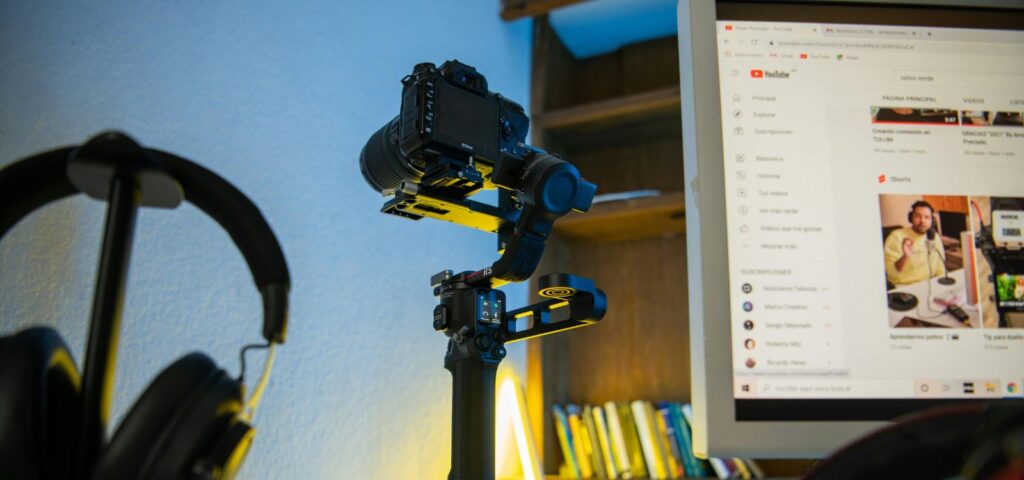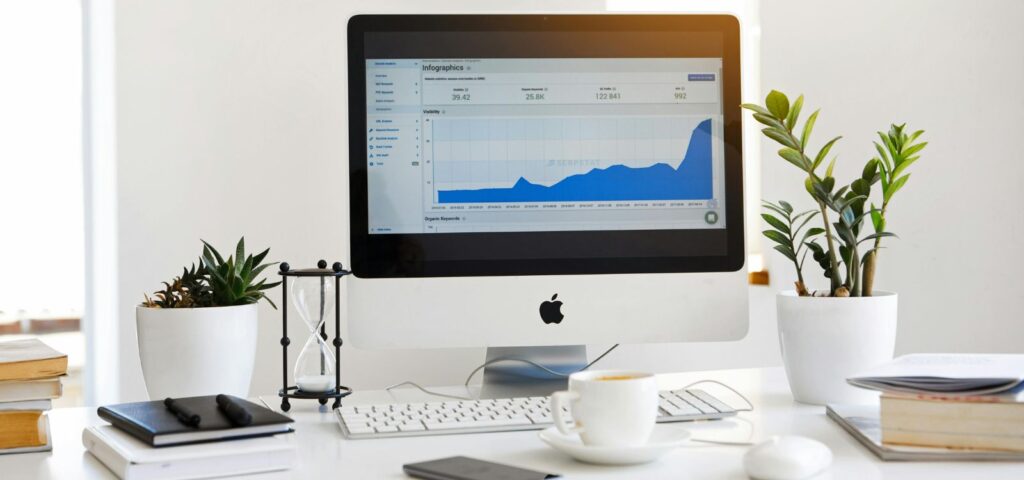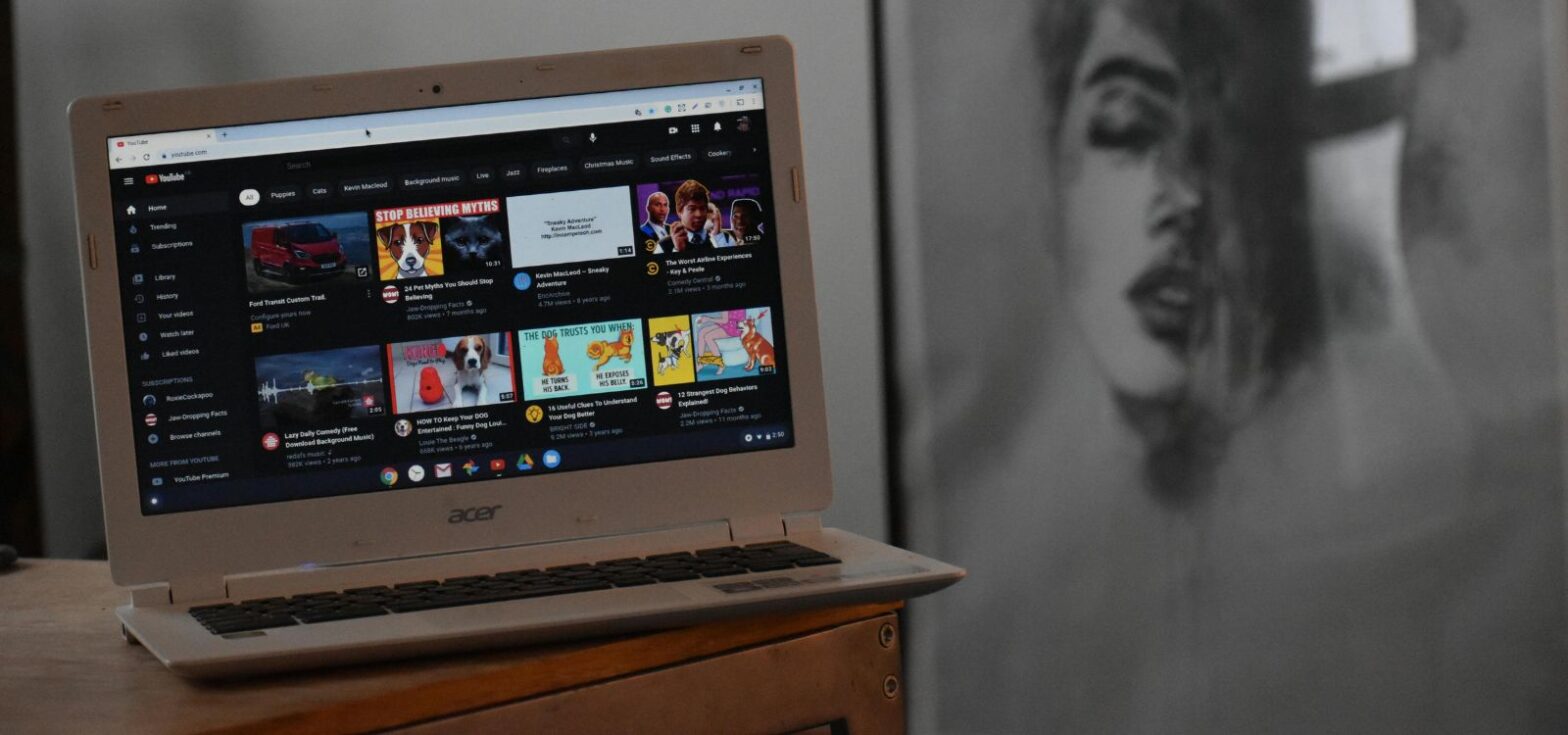Table of Contents
When it comes to YouTube success, timing can be just as important as the content itself. Whether you’re a creator, marketer, or business owner, understanding the best time to post your videos can significantly increase your reach and engagement. In this blog, we’ll dive into YouTube’s algorithm, explore the ideal times to post, and provide actionable tips to help you schedule your uploads for maximum impact. Plus, explore Hoopr to effortlessly add music to your YouTube videos and elevate your content to the next level!
Understanding YouTube’s Algorithm
YouTube’s algorithm is designed to prioritise viewer experience and relevance. While creating great content is essential, knowing how the algorithm works is just as important. The algorithm considers several factors to recommend videos, but these are the key ones you should focus on:
- Relevance and Viewer Experience: YouTube aims to match videos with users based on their past viewing habits, so making your video relevant to your audience increases the chance of it being recommended.
- Indexing Time: When you upload a video, YouTube needs time to index and categorise it. Typically, it can take 2-3 hours for YouTube to fully process and index your video. This means that posting 2-3 hours before your audience is most active can help your video get discovered and reach more viewers.
- Personalised Recommendations: The algorithm personalises recommendations by analysing user behaviour. It suggests videos that it believes viewers are likely to enjoy, based on their interests, search history, and previous interactions with content. For more insights on boosting your views, check out this guide on how to get more views on YouTube.
Best Time to Post on YouTube

While there’s no universal “best” time to post, some timeframes have consistently shown higher engagement levels. The best time depends on a variety of factors, including your audience’s habits, location, and the type of content you’re posting.
Weekdays vs. Weekends
Generally, weekends see more activity as people have more free time. However, it’s crucial to understand your specific audience’s behaviour. For example, if you’re targeting students or professionals, weekdays might work better for certain educational or work-related content, especially on Thursdays and Fridays when people are gearing up for the weekend.
Best Days of the Week
Most studies suggest that Thursday, Friday, and Saturday are some of the best days to post on YouTube. On these days, people are winding down for the weekend and spending more time on the platform. Posting on Sunday can also be a good choice, especially if your audience engages with long-form or bingeable content.
Peak Hours (Morning, Afternoon, Evening)
- Morning: Early uploads (7 AM – 9 AM) can catch the morning crowd, especially for content related to news, updates, or educational topics.
- Afternoon: Uploading between 12 PM – 3 PM can help you target the post-lunch break crowd, as viewers have some free time during the afternoon to watch videos.
- Evening: Evening hours (6 PM – 9 PM) are considered peak time for YouTube, as people have finished their work or school activities and are looking for entertainment and relaxation. This is when your entertainment, lifestyle, and hobby-related videos are likely to perform the best.
Factors to Consider When Posting on YouTube

While timing is important, there are several factors you must consider to make the most out of your upload schedule:
- Time Zones: If you have a global audience, it’s important to adjust your posting schedule based on their time zones. The largest groups of viewers will determine when you should post.
- User Behaviour: YouTube’s algorithm relies heavily on user behaviour. Studying when your audience is most active can provide key insights.
- Engagement Trends: Dive into YouTube Analytics to study the performance of past videos. Look at engagement trends to see if there’s a pattern to when your videos perform best.
- Audience Geographical Location: If your audience is based in a specific region, adjust your posting schedule accordingly. If you have viewers in different regions, you may need to post at times that suit multiple time zones.
- Content Type: Different content types may perform better at different times. For example, tutorial and educational videos may be more successful in the early hours, while entertainment or gaming content may peak in the evening.
Using YouTube Analytics to Inform Your Posting Schedule

YouTube Analytics is a powerful tool that provides data on when your audience is most active, which you can use to optimise your posting times:
- “When Your Viewers Are On YouTube” Graph: This tool shows you the days and times when your audience is most active. It’s a great way to get a snapshot of peak engagement.
- Real-Time Graph: This feature allows you to monitor your video’s performance immediately after posting, so you can adjust your strategy if necessary.
- Data Analysis: Analyse engagement, watch time, and click-through rates to determine which times and days yield the best results.
By monitoring these metrics and using the insights, you can refine your posting schedule for better reach and engagement.
Best Practices for Publishing Videos on YouTube
Apart from posting at the optimal time, there are some best practices you should follow to increase your chances of success:
- Leverage Successful Content: Look at your past videos and repost or create similar content that has performed well. Reposting or updating your best-performing videos can boost your channel’s reach.
- Create Series or Playlists: Encourage binge-watching by organising videos into a series or playlists. This increases the time viewers spend on your channel and can improve your channel’s overall performance.
- Stay Consistent: Consistency is key when it comes to building an audience. Post regularly to keep your audience engaged and ensure that your channel remains active.
- Use Scheduling Tools: To maintain consistency, use YouTube’s scheduling tools or third-party apps to schedule your videos in advance, especially if you’re managing multiple time zones or need to post at a specific time. For tips on leveraging new features like Shorts for monetization, check out this guide on YouTube Shorts monetization.
Experimentation and Analysis
To optimise your upload schedule, don’t be afraid to experiment. Testing different times, days, and content types will provide you with valuable insights into what works best for your audience.
- Experiment with Different Times and Days: Try posting at different times to see how your audience responds. Experimentation helps you discover the optimal window for your specific audience.
- Monitor Metrics: Track views, engagement, and watch time over time to identify trends and patterns.
- Analyse and Optimise: Use the data to continually optimise your posting schedule and maximise results. For more inspiration on crafting engaging content, check out these 16 YouTube video ideas for beginners.
Conclusion
The best time to upload a YouTube video isn’t a one-size-fits-all approach. It varies depending on your audience, content type, and other factors. By understanding YouTube’s algorithm, using YouTube Analytics, and experimenting with different posting schedules, you can increase your chances of reaching a wider audience and getting more views. Stay consistent, monitor performance, and adapt as necessary to keep your channel growing.
Start experimenting with your posting times today and watch your engagement grow!

